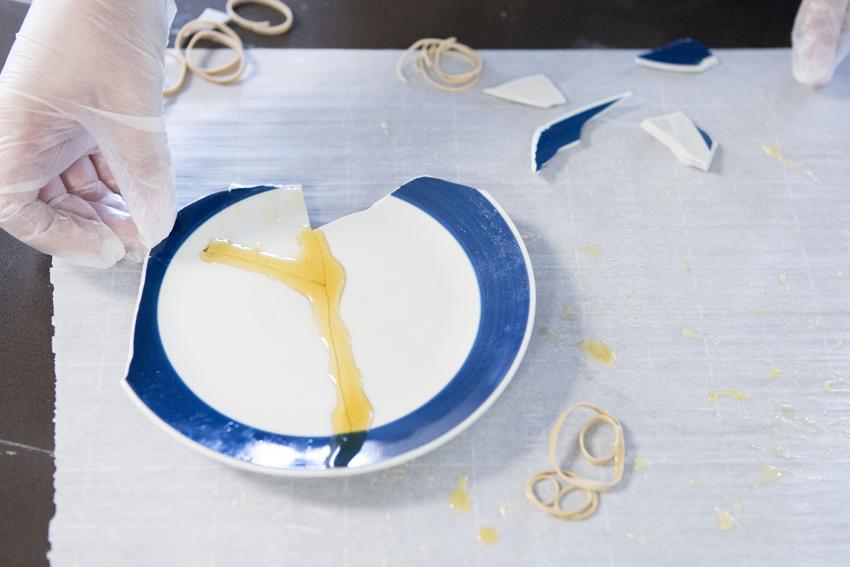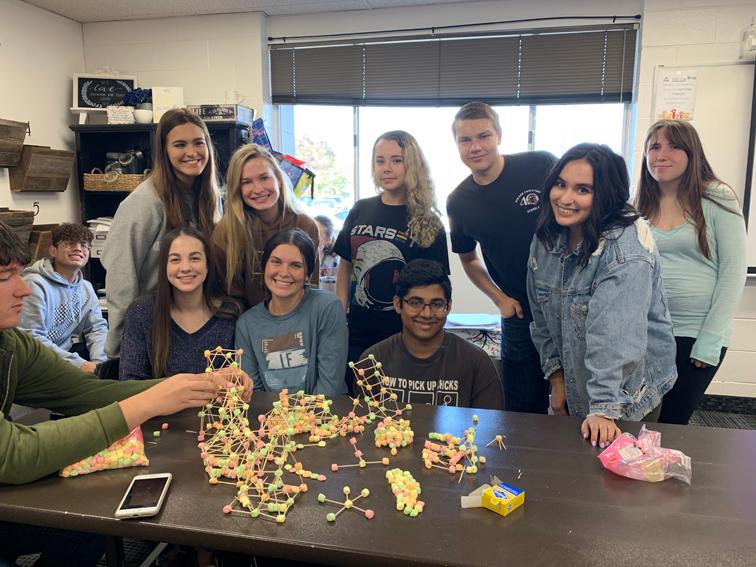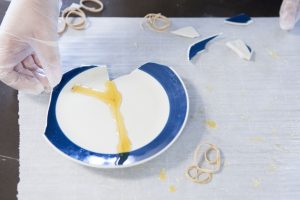
Teacher Aubri Foster’s Christian Living classes mend together broken pieces of plates with Gorilla Glue, March 20.
The craft is called Kintsukuroi: the Japanese art of making broken pottery beautiful by putting it back together. This serves as an object lesson to go along with their lesson series of ‘Reckless Love’.
Their themed quote for the series is “God’s glory can shine like gold through our brokenness if we start to look at our cracks from a different perspective. God is in the business of turning what we think might never be usable again into a work of art.”
Two Bible verses to go along with the pottery art is Psalm 147:3 and Psalm 34:18.
The traditional Japanese art, invented in the 15th century, highlights imperfections by filling in the pottery cracks with liquid gold, silver or lacquer dusted with powdered gold. This technique molds the pieces back together to attain again its usefulness before it broke.
Not only can this technique be used to repair shattered dishes but also serve as a symbol to people’s broken lives.
The lesson to take away is the value a broken object can still possess. Flaws can be repaired and turn out more beautiful than they were in the start.
Types of pottery often used for Kintsukuroican are vases, cups, bowls and plates.
Foster emphasize the reason behind choosing this lesson of making the brokenness shine.
“All throughout scripture, God chose broken people to do his will,” Foster said. “In this way, His glory shines all the brighter in the work, because it couldn’t have possibly been done without him. If we allow God to use our broken, there is no limit to the brightness that his glory may shine!”
She believes the activity will show her students the love God has for people despite our flaws.
“This activity helps us understand that the cracks in our lives are opportunities to shine God’s glory if we let him put us together the way He wants to,” Foster continues “Flaunting our flaws is not the goal, but letting God pick us up, put us back together, make us usable again, and turn us into a work of art: that is the goal. We are broken people loved by the perfect creator. Living like we have been loved and forgiven by, in fact, loving and forgiving is a daily endeavor for all Christians. It sometimes seems a little crazy, or backwards, or maybe even a little “reckless” — but who knows how God will use it for HIS glory to bring more and more people to a saving grace and relationship with Jesus.”
The end product symbolizes a broken object made beautiful by putting the plate together piece by piece with glue and gold sparkles.
Originally, the Japanese art is made with real gold, but due to price, Foster decides glue and gold sparkles sufficed.
For more Feather photos, visit media, photos 2018-19.


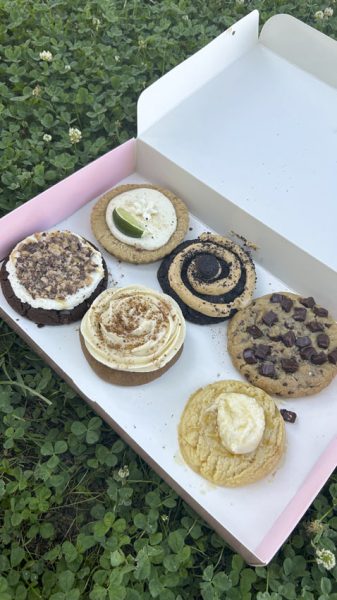
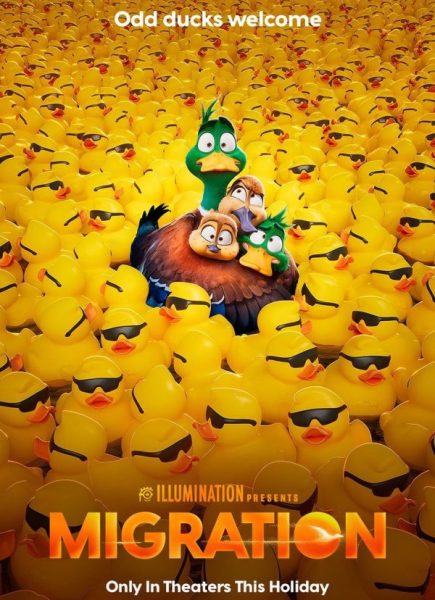
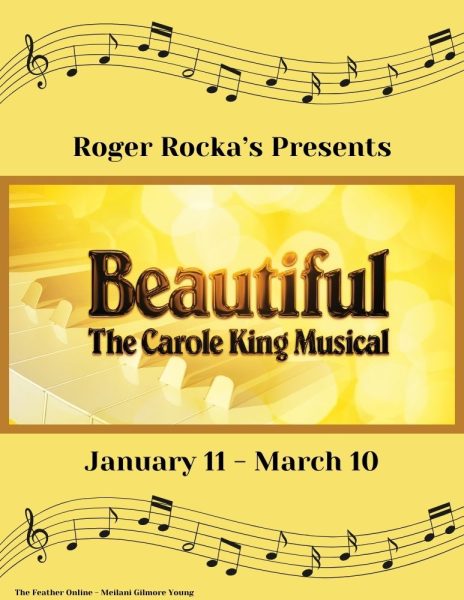
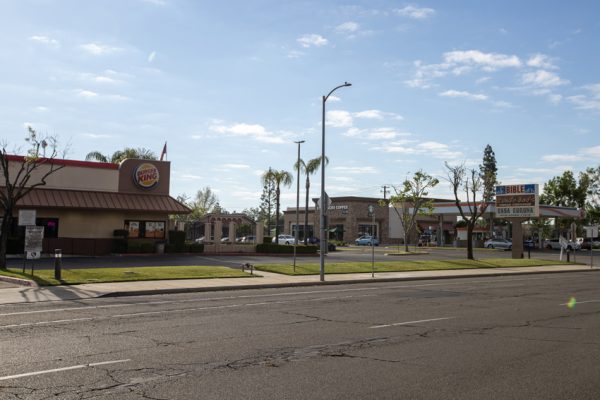
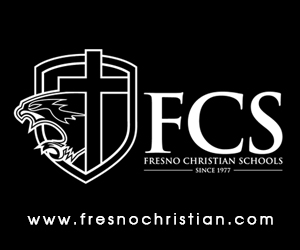
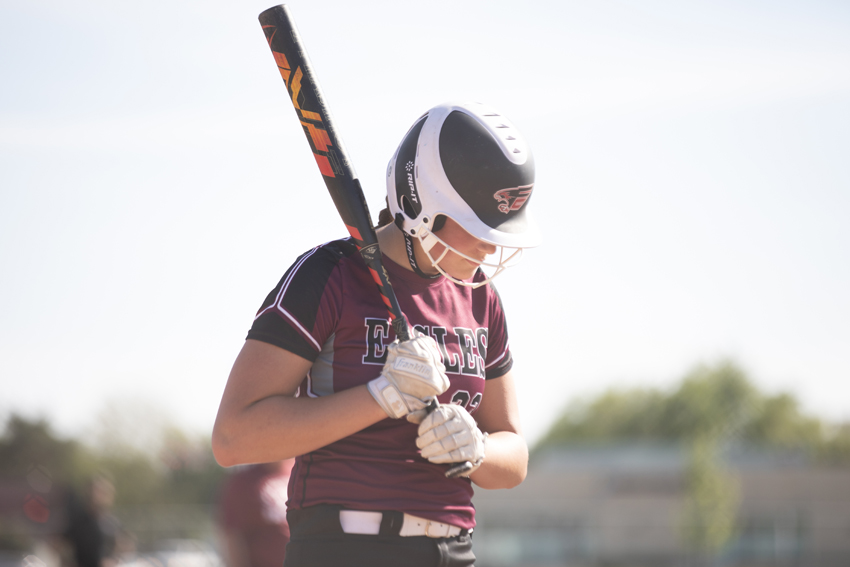
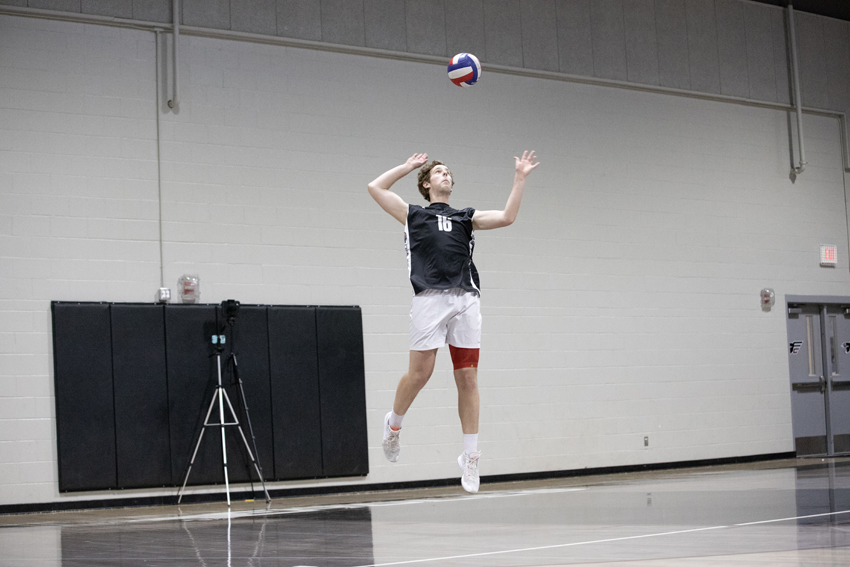
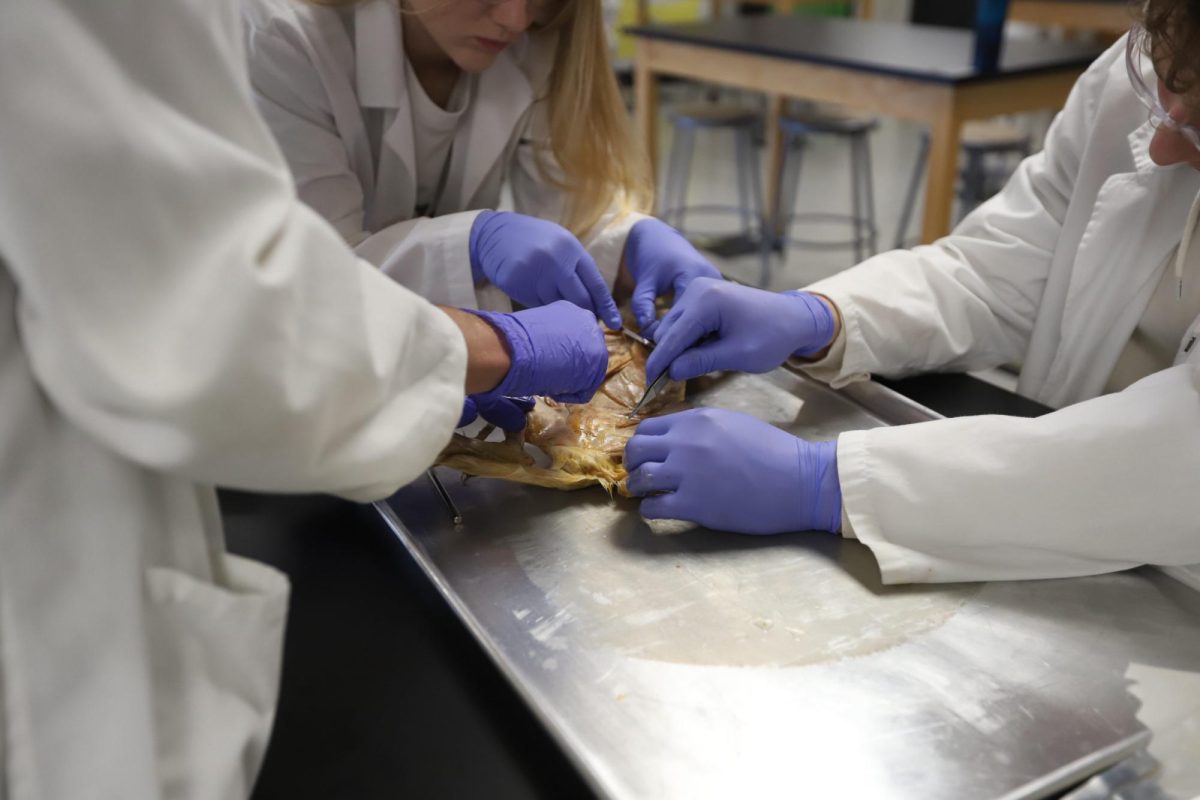
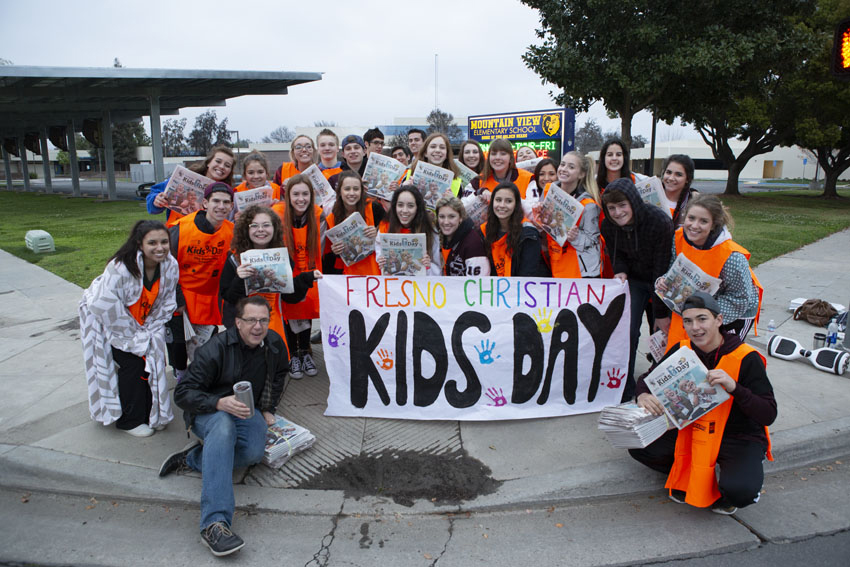
![[Video] 100th CSPA Spring Journalism Conference](https://thefeather.com/wp-content/uploads/2024/04/20240308-cspa-crown-002.jpg)
